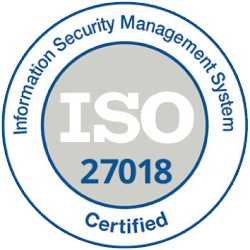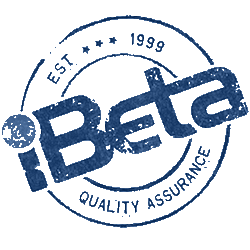Several companies must go through different regulation processes, compliance being one of them. KYC and AML are two steps that must be followed.
AML solutions are broad concepts commonly utilized by most governmental financial institutions. There has been increased illicit use of several financial institutions; thus, AML Agencies have successfully set up regulations that can be used to avoid money laundering.
Steps of AML program
- KYC verification, including continued monitoring
- Screening financial transactions
- Recognizing threats, if any, through suspicious activities
- Recording collected data over their time with the company
- Introducing policies, training employees accordingly
KYC (Know Your Customer)
KYC refers to a simple process that can verify any particular customer’s identity. Companies use this to potentially decide whether the customer can pose a threat and risk the business or not, confirming their identity by bringing legally documented proof and IDs. Necessary details, including the name, address, contact numbers, age, nationality, and a few other individual details, must be verified for the client.
Companies are commonly subjected to terror-funding and money-laundering entities if the process of digital KYC is inadequate or improper. KYC is used as an anti-money-laundering procedure.
Steps of KYC process
- Verifying the identity of the customer
- Checking prohibited lists for screening the customer
- Recognizing customer’s potential to be a risk
- Keeping account after certain periods for constant monitoring
KYC and AML – How is it different?
The basic difference between them is that AML verification is a framework, and KYC is a process following certain frameworks. They can be further differentiated on various grounds:
1. Source of formation
KYC:
- Based on the Banking Secrecy Act of the USA in 1970
- KYC falls as a specific procedure to maintain AML regulations
AML:
- Based on Banking Secrecy Act (2001) as part of the US Patriot Act of 2003
- AML falls as a generalization of KYC regulation
2. Reason for formation
KYC:
- To collect information and verify the identity of clients and customers
- To decrease fraud and keep a check on bribery at the workplace
AML:
- To prevent organizations from redistribution of illegal profits into legally acceptable money by a money-laundering process
- To prevent funding to terrorist bodies and other anti-social groups
3. Scope
KYC:
- Must be applied to all businesses to maintain stakeholder identity
AML:
- Mostly applicable to financial institutions or businesses which provide money-transfer facility
4. Main elements
KYC:
- Identity validation and verification
- Organizational management
- Risk assessment
AML:
- Data security
- Payment screening
- Staff training and compliance
5. Major features
KYC:
- Should have different levels of verification and risk management
- Should be credible, without room for error
AML:
- Must be kept up-to-date with global standards
- Must be easy to understand and implement
How can KYC and AML be used together?
Both KYC and AML can be a great combination for preventing fraud.
KYC is used to identify the risk and verify whether the individual needs to go through fraud prevention measures or not. Once it is confirmed, AML helps in framing policies through screening. Companies that follow the compliance regulations have the chance of increasing their market value.
Whether you are the customer going through the processes, or a bank making use of secure policies, KYC are integral. Choose from among the best through real-time verifications. This way, institutions are capable of maintaining the integrity of their institution. There is no better option than Accurascan to safeguard your organization. For any queries, call us on +91 820-898-8751 or visit our website.


























